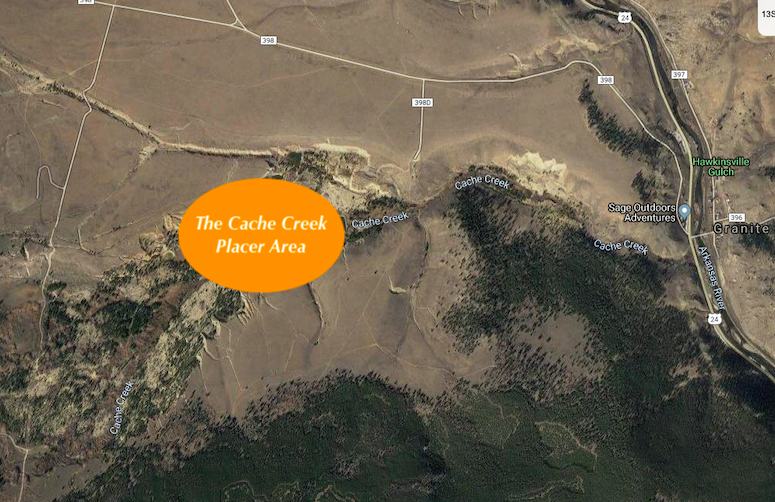
Gold Mining In Arkansas. Arkansas most important periods of gold prospecting and mining chiefly occurred between 1800 and 1830 within the region of the Ouachita Mountains or commonly called as the Silver Belt that extends west from the states capital of Little Rock in Pulaski County towards the state of Oklahoma. This listing presents the last year of recorded mining. The conclusion was that no workable quantities of gold existed in the Ouachita Mountains region. Since 1990 no ores were mined for their metal content.
In the early 1880s reports and rumors of gold finds in Arkansas prompted an investigation by the Arkansas Geological Survey. In 1969 the crater was sold to a General Earth Minerals a mining company in Dallas and in 1972 the state of Arkansas purchased it. On Ralston Creek you can find fine gold just about anywhere in the stream bed. Most of the early mining was small operations by Spanish miners. The largest diamond ever found was The Uncle Sam which. There are no verified reports of any commercial gold mining endeavors within Kansas.
Arkansas most important periods of gold prospecting and mining chiefly occurred between 1800 and 1830 within the region of the Ouachita Mountains or commonly called as the Silver Belt that extends west from the states capital of Little Rock in Pulaski County towards the state of Oklahoma.
A large cobble bar. Arkansas most important periods of gold prospecting and mining chiefly occurred between 1800 and 1830 within the region of the Ouachita Mountains or commonly called as the Silver Belt that extends west from the states capital of Little Rock in Pulaski County towards the state of Oklahoma. Most of the early mining was small operations by Spanish miners. The Walnut River a tributary of the Arkansas River in the Flint Hills region in Butler County. The most commonly listed primary commodities in Arkansas mines are Zinc Manganese and Lead. A large cobble bar.
